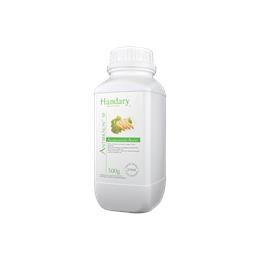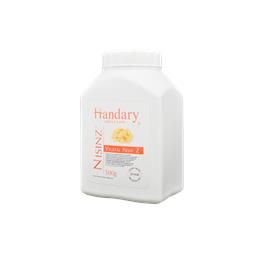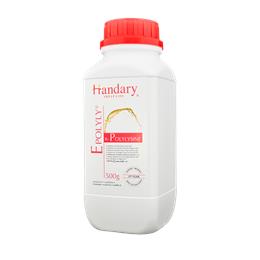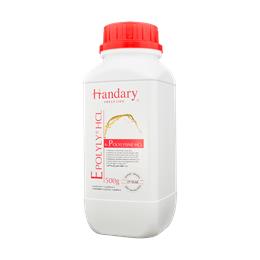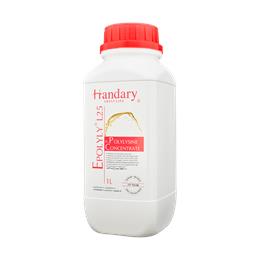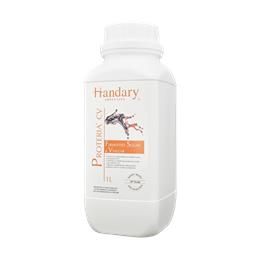Description
Canned fish and seafood are types of fish and other seafood that have been processed, cooked, and preserved in a can with a liquid or sauce. This method of preservation allows for long-term storage and transport of fish and seafood, making it available year-round and in areas far from the coast.
Canning involves heating the fish or seafood to a high temperature, which kills any bacteria or other microorganisms and makes the product safe for consumption. The fish or seafood is then packed into a can with a liquid or sauce, such as water, oil, tomato sauce, or brine, and sealed to prevent contamination. One potential concern with canned fish and seafood is the risk of contamination with harmful bacteria, oxidation and off flavors
Oxidation and Off-flavors
Oxidation and Off-flavors can also be a potential concern in canned fish and seafood. This occurs when the fats and oils in the fish and seafood are exposed to air and begin to break down, leading to a rancid flavor and unpleasant odor. To minimize oxidation and off-flavors in canned fish and seafood, manufacturers may add antioxidants to the product. These antioxidants help to prevent the breakdown of fats and oils, which can extend the shelf life of the product and maintain its quality. Proper storage and handling of canned fish and seafood is also important to minimize the risk of oxidation and off-flavors.
Bacterial Gas Formation
Bacterial Gas Formation can be a potential concern in canned fish and seafood. This occurs when bacteria present in the can produce gas as they grow, which can cause the can to swell and potentially rupture. The gas produced can also cause a foul odor and taste in the product.
The bacteria responsible for gas formation in canned fish and seafood are typically anaerobic, meaning they grow in the absence of oxygen. Clostridium botulinum is one example of an anaerobic bacteria that can produce gas and cause botulism, a potentially life-threatening illness. To prevent bacterial gas formation in canned fish and seafood, manufacturers must follow strict processing and packaging procedures to ensure that the fish and seafood are properly cooked and sealed in a sterile environment.
 English
English 简体中文
简体中文 Français
Français Español
Español

